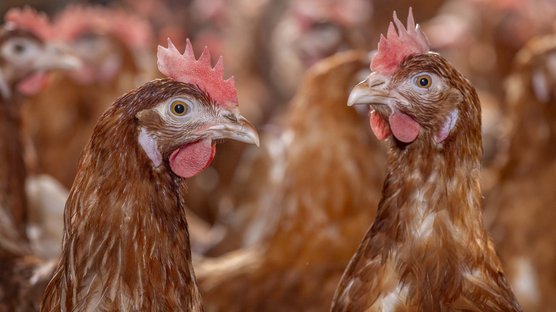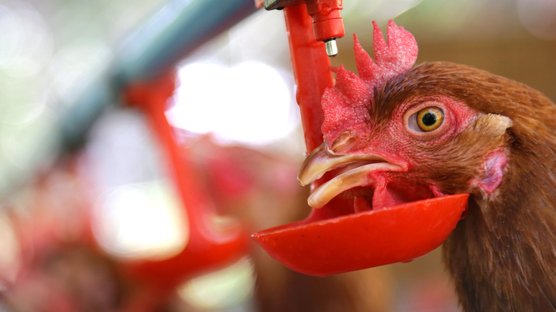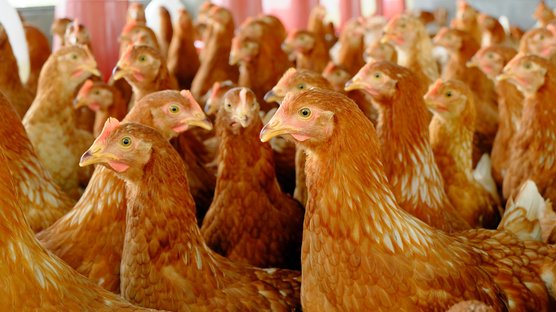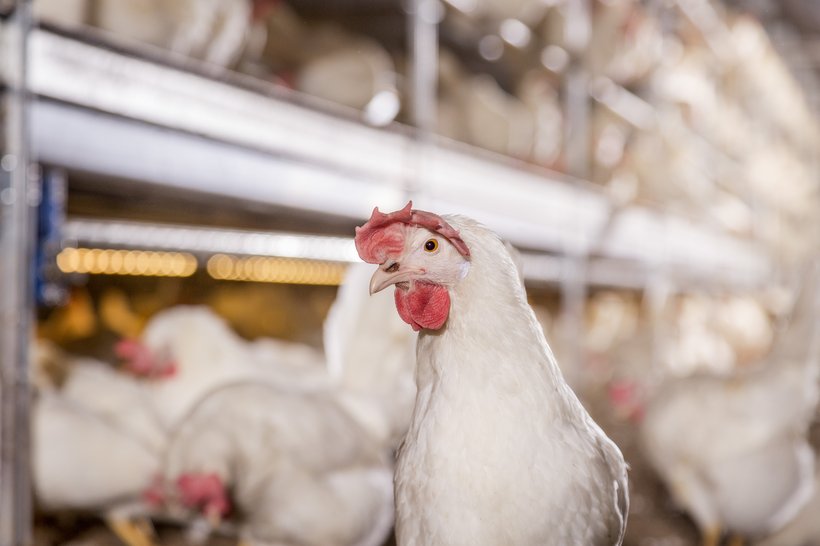
Published on March 31, 2022
E coli in laying hens
Escherichia coli is in laying hens the biggest reason of mortality worldwide. The poultry disease is described as colibacillosis, colisepticemia/ bacteraemia, E. coli peritonitis syndrome (EPS), salpingitis/ peritonitis/ salpingoperitonitis (SPS) and coligranuloma’s.
We leave the discussion about pathogenicity to the scientists. For us, every E coli outside of the intestine, but inside of the body cavity of a layer, is a pathogenic one. E coli is not a problem, if it stays where it belongs, in the gut.
E coli can be a primary pathogen, when the infection pressure is high, from heavily contaminated drinking water systems or, in alternative housing systems, from high levels of dust (= dried manure). Most times, E coli is a secondary pathogen. The door is opened by viral infections, by high levels of ammonia or by problems with the gut wall integrity, caused by dysbacteriosis/ enteritis.
Stress can also make layers susceptible for disease. Production stress and stress related to ventilation failures (draught!) are the most important ones.
Clinical signs
Acute mortality without any other clinical signs in healthy, good performing flocks, can be a sign of colisepticemia.
Airsacculitis, coligranulomas and upclimbing infections of the oviduct, can cause more chronic mortality. Birds will show small combs with blue points and are sick. They die from dehydration.
Egg yolk peritonitis in young production flocks and egg concrements in the oviduct in older layers, are not primary caused by E coli infections.
Diagnosis
See clinical signs. Post-mortem varies from almost no pathology to polyserositis. Birds dying from E coli have a bad smell, when opened, even when the carcasses are fresh. Egg yolk peritonitis smells like boiled eggs.
The diagnose must be confirmed by bacteriology from bone marrow.
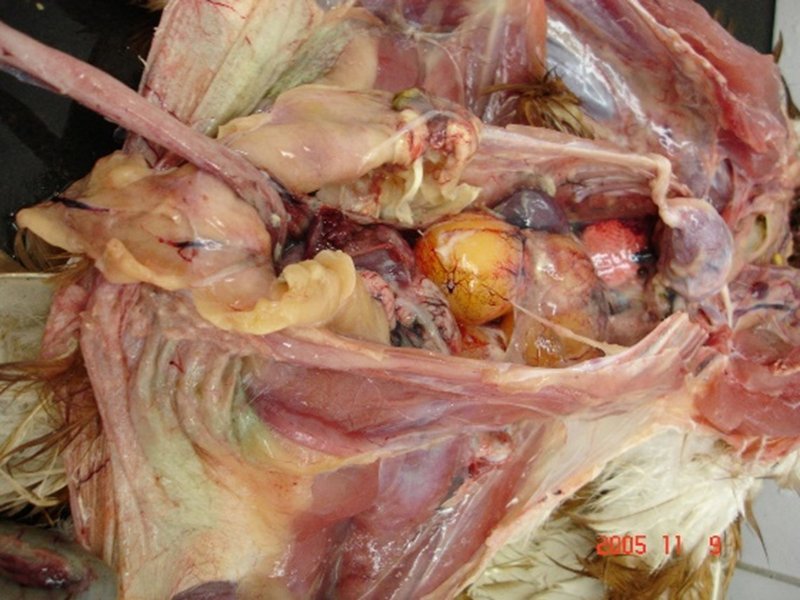
Typical signs of egg yolk peritonitis caused by E coli
Treatment and control
Control on viral respiratory diseases and mycoplasmas, on gut health and stress factors (draught!) will make the birds less susceptible for E coli infections. Vaccinations with commercial vaccines or autogenous vaccines can support this.
Drinking water sanitation also is important.
Antibiotic treatment often is not feasible, because of the withdrawal time on the eggs (costs).
An alternative is treatment with organic acids or Chlorin.
References
- Diseases of Poultry, 14th Edition.
- Merck Veterinary Manual Aug 2019.
- W. J. M. Landman, G. J. Buter, R. Dijkman & J. H. H. van Eck. Avian Pathology, 50:5, 436-446

